Having food allergies means that most of my food needs to be prepared by me and since I want it to taste good having knowledge of basic ingredients and cooking terms is pretty important.
I do have a lot of friends that did not grow up in a cooking household. My boyfriend for instance is not a cook and neither is his mom. Her philosophy is that cooking and cleaning after a meal should not be twice as long as the meal itself. That does make sense but I enjoy cooking so much the eating part is only half the fun for me. Plus my boyfriend and I have an agreement that I do the cooking and he does the cleaning (Win !)
So even if you do not cook often or well, its important to have a basic grasp of cooking terms so your hard work in the kitchen doesn’t go to waste. Not knowing the meaning of a word can lead to a lousy-tasting meal or an upset stomach.
Here’s our handy guide to some common — and sometimes confusing — cooking terms, so you can win at adult-ing.
IN THE OVEN
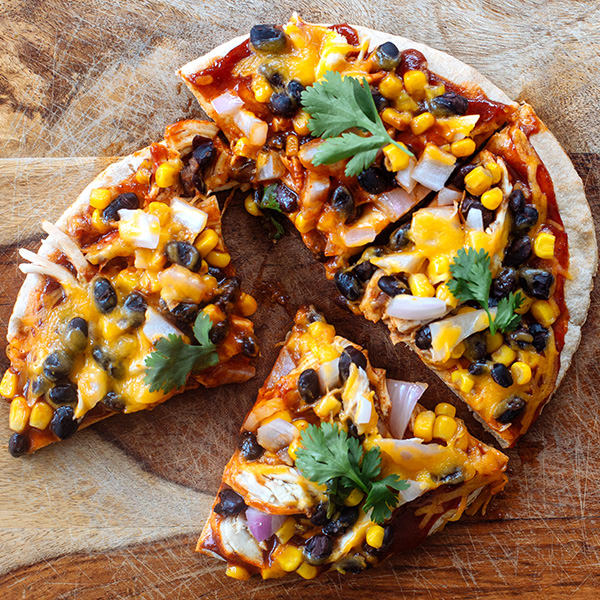
Bake — Cook in the oven at mid-temperature (usually between 300 and 375 degrees).
Roast — Cook in the oven at a higher temperature (usually 400 to 475 degrees) for a shorter amount of time. “This can also contribute browning, which adds to the flavor of the dish,” Caterson says.
Broil — Cook at a high temperature with your food close to the oven’s heat source. On bad-weather days, this can be a passable substitute for grilling; Caterson notes that broilers are basically “upside-down grills.”
ON THE STOVE
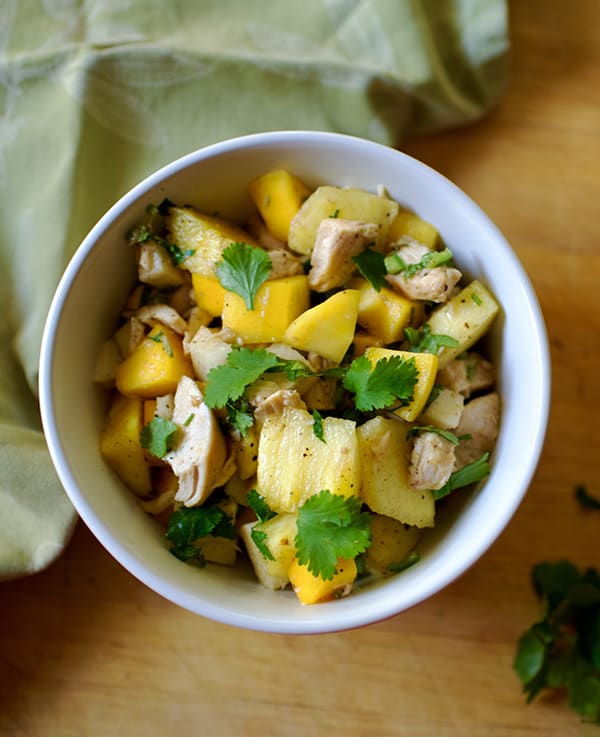
Sauté — Cook in a pan over medium-high heat, using minimal fat, while continuously stirring and flipping with a spatula. “As you get better, you can ditch the spatula and flip the food by just shaking the pan,” Caterson says. “You literally want to make the food ‘jump’ so it cooks quickly and evenly.”
Brown — Add food to a preheated pan and let it sit until it turns brown on one side, then flip it over. “This technique will add incredible flavor,” Caterson says.
Braise — After browning a piece of meat, add broth or water to the pan and simmer until the meat is tender. On a budget? This method is great for tough cuts of meat.
IN HOT WATER
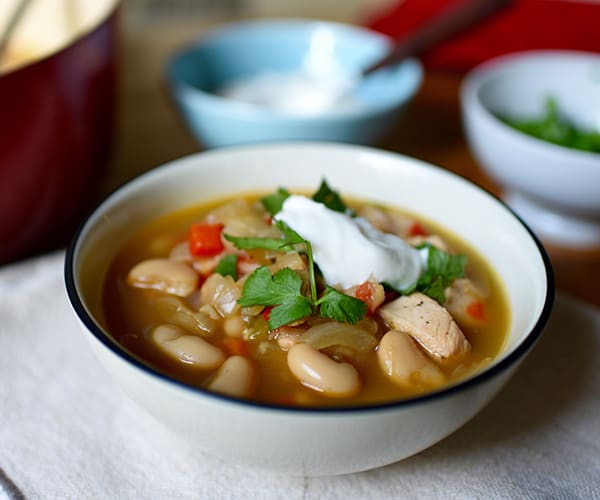
Boil — Heat a liquid to its max temperature. You’ll see big, rolling bubbles and steam.
Parboil — Dunk food briefly in boiling water to cook it partially. (If you follow this up with a dunk in cold water to stop the cooking process, it’s called blanching.)
Simmer — Cook food just below its boiling point. Look for itty-bitty bubbles drifting up from the bottom.
CUT IT UP
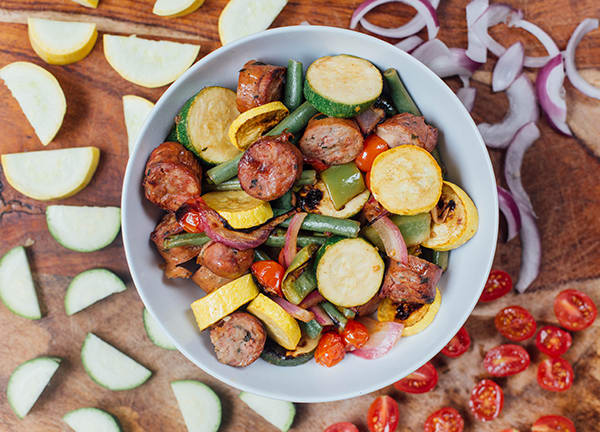
Chop — Cut into rough, randomly-shaped pieces. No need for uniformity here.
Dice — Cut into small (1/4″ to 1/2″), square, uniform pieces.
Mince — Cut into the smallest pieces possible.
Slice — Cut into lengthwise strips. (On that note, julienne means to slice veggies into uniform matchstick shapes; chiffonade means to slice herbs like basil into ragged strips.)
Shred — Cut into short, narrow strips using the bigger holes in a box grater.
Grate — Cut into tiny, powdery pieces using the smaller holes on a box grater.
MIX IT UP

Blend —Stir ingredients until they’re evenly combined.
Beat — A more vigorous stir, usually with a whisk or electric mixer, until the mixture is smooth. This introduces air, which can affect the texture of baked goods, so don’t take shortcuts with an electric mixer if the recipe says to blend by hand.
Fold in — Use a spoon or rubber spatula to slowly add a light ingredient or mixture (like powdered sugar or whipped cream) into a heavier mixture (like batter) by gently scooping the heavier batter over the lighter mixture until it’s absorbed. This keeps air bubbles from sneaking into the mix.
Whip — Blend at high speed to get air into the mixture, like you would when making whipped cream or meringue.
THE SMALL STUFF
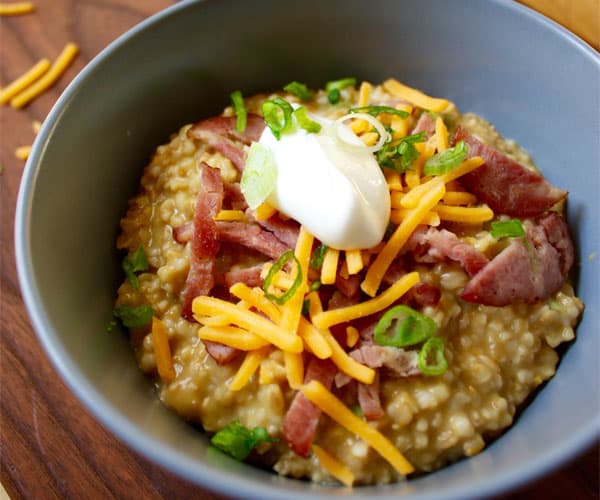
Dash — A quick shake of your spice jar.
Pinch — Literally whatever fits between your thumb and forefinger. “Reach in your salt or spice container and pick up a pinch,” Caterson says.
Dollop — A spoonful. Big spoon or small spoon? Depends on how much you like the ingredient.
Find more recipes like this on Beachbody.com
Following recipes on your phone, tablet, or laptop in the kitchen is great, but watching someone create Beachbody-approved recipes can be even more helpful to budding home cooks. Now, with FIXATE, only on Beachbody On Demand, you don’t have to be a master chef to add flare and elegance to your healthy eating plan. Autumn Calabrese and her brother, international chef Bobby Calabrese, show you exactly how to create tempting and delicious meals that can still help you lose weight. You’ll get access to the detailed recipes and grocery lists, and get new recipes each week!


No comments:
Post a Comment